The best brainfood for babies
How mothers, babies, and modern humans can combat stress with DHA
What we’ll learn in this article:
1. How did the human brain evolve?
2. Why is DHA, not DNA, the master of our evolution?
3. How do we use “the force” to power vitality in our bodies?
4. Why fish oil may be doing you more harm than good
5. How cod liver oil can nourish the brains of moms and babies
6. How do pregnant mothers become nutritionally depleted?
All articles are free. However, your support as a paid subscriber enables us to continue producing high-quality, independent research on important health topics like EMF.
As an ad-free platform, we rely on the support of our readers to keep this content accessible and free from external influence.
If we are what we eat, maybe we need to eat what we are.
Nearly 60% of our brain is composed of fat. One third of this fat is made up of DHA1, which may explain why low levels of this fatty acid can lead to chronic disease, heart attack, stroke, depression, and neurodegeneration.
DHA is an omega-3 fatty acid, found in oily fish such as tuna, sardines, salmon, along with algae, grassfed beef, grassfed butter, and pastured chicken eggs, that scientists call the building block of the brain.
In every organ, the concentration of DHA vastly outweighs the concentration of any other omega-3 fatty acid, but levels of DHA are especially high in the brain and retina.
A study from the Retina Foundation has found that newborn infants fed formula without DHA for a year had poorer sight than infants fed strictly breast milk. DHA is in its highest concentration in our eyes, and strengthens the brains’ cells associated with eyesight.
Normally breast milk would have high levels of DHA, however its levels in breast milk have fallen in the last 25 years, says Eileen Birch, Ph.D., a senior scientist at the Retina Foundation and author of the infant study.2 Levels of this crucial omega 3 have been depleted due to many factors, including a diet of processed foods high in omega 6 fatty acids, which can cancel the effects of omega 3s, and if used in excess can lead to chronic disease.
Our Brain Evolved in the Sea
Life bursted onto the scene about 550 million years ago, in what’s known as the Cambrian explosion, or the biological big bang. Before then, life was mostly bacteria and existed in the oceans.
What caused this explosion to occur?
The standing theory is that there was more oxygen present at that time, and as a result life was able to proliferate.
However this is only a partial truth, and as neurosurgeon
likes to say:"Half truths always lead to a full lie."
The increased amount of oxygen was able to form an advanced fatty acid that had never before been at nature’s disposal, called DHA.
According to researchers of evolutionary biology such as Dr. Michael Crawford, Earth innovated DHA about 50 million years before the Cambrian explosion in plankton via photosynthesis.3
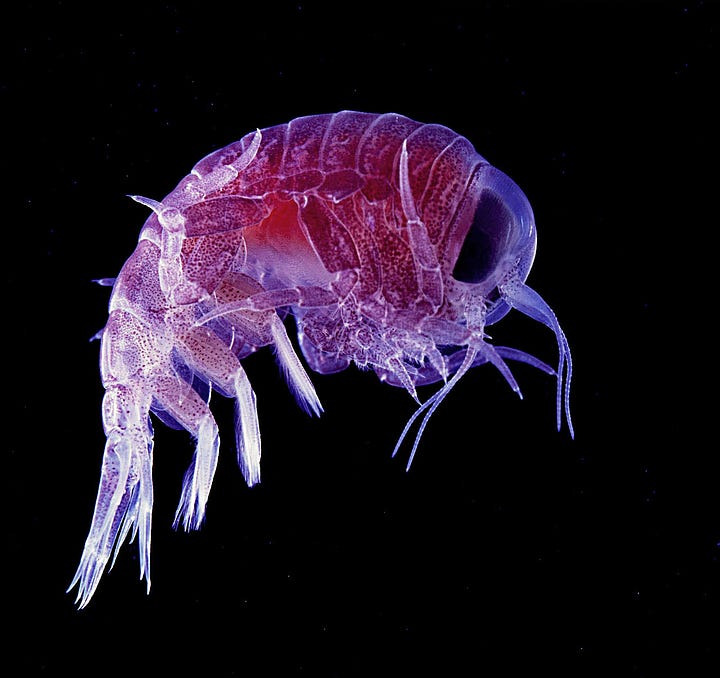
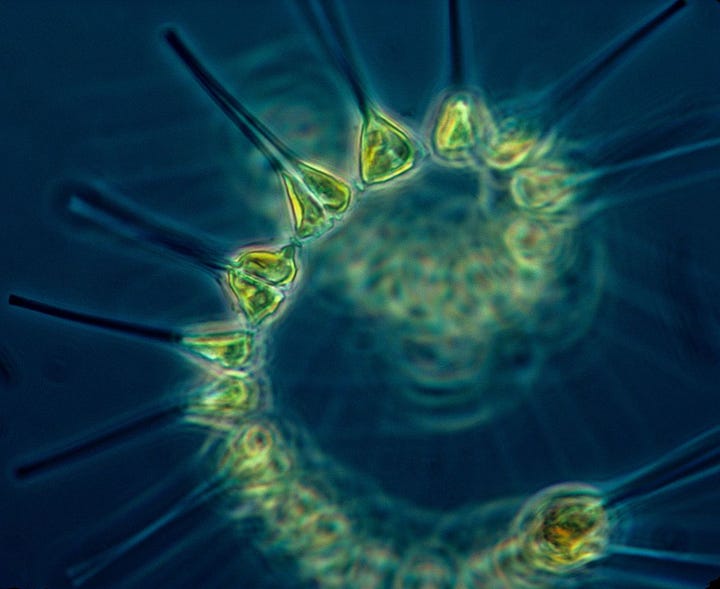
DHA is the only lipid (fat molecule) in evolution for 600 million years that has never been replaced in cell membranes in animals, plants, or fungi!
DHA Rules the Day of DNA
If you read “Is cancer an electrical illness?” …
then you would understand that our cells will only express themselves based on triggers from the environment, and understand that epigenetics determines how we ultimately express our DNA.
Light is such a trigger, and is used by DHA to turn certain genes on or off.
Dr. Crawford suggests that DHA was and still is the master of DNA since the beginning of animal evolution. When DHA gets to the brain, it allows certain genes to be expressed that foster neural growth and development.
DHA, not DNA, ruled the evolution of the vision and the brain. For this reason, researchers such as A.J. Sinclair and others have also found that DHA contributes to the prevention of neurodegenerative disease.4
Use The Force: Our Bodies’ Electric Potential
DHA provides massive amounts of electrons to cells by using the light in our environment through what Einstein called the photoelectric effect.
As life on Earth was able to use more light, this allowed simple cells to then form more complex species by using water as the fuel source. DHA was and still is the engine that allowed water and oxygen to sustain diverse, resilient forms of life.
What’s the spark for our DHA engine?
Electricity! Duh.
Our bodies use a DC (direct current) electric field to regenerate, especially when we sleep. Robert O. Becker, in his seminal work The Body Electric, proved how even bones and limbs can be healed and in some cases completely restored using the DC circuit. DHA facilitates this process as it sequesters the electrons found in light in order to activate hormonal and digestive pathways, which begin in the eyes.
Below is a simple diagram of how our eyes’ rods (night vision) and cones (color vision) convert light from our environment into electricity.
(Fun fact: the majority of our bodies’ engines of metabolism, the mitochondria, are found in our eyes and brains):
Notice how the photoreceptors of the rod and cone are facing backwards and away from the light? Our photoreceptors release electrically-charged particles (electrons) when an electromagnetic field is created as light particles (photons) enter the eye.
Basically, electrons and photons meet by being magnetized to one another, and this begins all of the digestive and hormonal processes in our bodies:
Our eyes have proteins that carry messages to the rest of our body called opsins, which I’ll describe in future posts for all you that like to geek out like I do.
Omega 3 & 6: Too much of a good thing?
According to multiple peer-reviewed studies, DHA deficiency during early development may have lasting effects on cognitive and visual function during adulthood.5 Animal experiments even suggest that these effects are multi-generational, with the DHA concentration of nervous tissue declining with each successive generation.6
Many of us have heard that eating too much lard or butter is bad for us, due to high cholesterol. There are a few cases where high cholesterol is genetic and may be a risk factor for heart disease, however for most of us cholesterol is an only an indicator, not a toxin. Our bodies require cholesterol to create crucial vitamins such as A, D, & K, along with hormones such as testosterone, and without it our brains become starved. There is a plethora of research linking lower cholesterol and increased rate of early death.
Due to the cholesterol craze propogated by Big Food and charlatans like Ancel Keys, who was in bed with Proctor & Gamble and ignored heart healthy populations in his 1961 study, that ate lots of lard and butter such as the French, we resorted to “heart-healthy” omega 6 oils such as canola, corn, soybean, or sunflower oil. Many of these omega 6s are processed under high heat and as a result oxidized, causing inflammation in our bodies when ingested. Having these oils in a cold-pressed form can be healthy, but we often forget to balance these omega 6s with omega 3s from fish, walnuts, and organ meats.
As a backlash to this anti-cholesterol mania, a reactionary war of “good fats” ensued. People bought, and still are buying olive and avocado oil in droves. Again, having these oils in their natural, cold-pressed form is healthy, however they are seed oils, and cooking with them can cause them to break down, leading to inflammation in our bodies.
Fish oil is believed by many to be a healthy omega 3, however many fish oils are processed under high heat and rancid.7 Ingesting too much fish oil also leads to an imbalance of the omega 6:3 ratio, which is best kept at around 2:1.
Cod Liver Oil
Fish oil, however is not cod liver oil, which is one of the best sources of DHA.
A number of studies have demonstrated the benefits of using cod liver oil during pregnancy and lactation. Rats that are fed cod liver oil during pregnancy give birth to offspring that have higher cognitive performance than controls at six months.
From
:The benefits of cod liver oil during pregnancy have been verified in humans as well. Use of cod liver oil during pregnancy is independently associated with birth weight. A double-blind, placebo-controlled study showed the use of cod liver oil during pregnancy and lactation to increase the child’s IQ at the age of four years. In Norway, use of cod liver oil during pregnancy was associated with a 70 percent reduced risk of type 1 diabetes.8
Here’s a link to one of the best, most reliable sources of cod liver oil, recommended by the Weston A. Price Foundation and other health professionals.
More Benefits of DHA for Babies and Infants
As noted above, when a new mother improves her DHA status by supplementing with cod liver oil during pregnancy and the first three months of lactation, this improves her child’s IQ at four years of age, although the effect is drowned out by other factors as the child grows older.9
There is a growth spurt in the human brain during the last trimester of pregnancy and the first postnatal months, with a large increase in the cerebral content of DHA. The fetus hoards DHA from the mother and incorporates it into its brain at ten times the rate at which it can synthesize it.
DHA can be obtained primarily from cod liver oil and fatty fish and in small amounts from grass-fed animal fats.10
Many studies have also reinforced that women of childbearing age should aim to consume one to two portions of sea fish per week, and have shown that intake of fish or other natural sources of DHA result in a slightly longer pregnancy duration!
Professor Bob Gibson and colleagues were the first to demonstrate that babies receiving breast milk - which naturally contains omega-3 fatty acids - showed improved brain development relative to babies fed on formula, which at the time did not contain the essential fatty acid DHA.
In 2012, Professor Gibson and his team published the results of the world's biggest study into the effect of omega-3 long chain fatty acids on allergies in babies' first year of life. The study showed that just one gram per day of long chain fatty acids such as DHA is enough to prevent some allergies, such as sensitivity to eggs.
Don’t want “baby brain”? Eat brain food!
Traditional cultures practiced child spacing of at least three years between each child.11 This practice allows women to rebuild their nutritional stores. The average American woman, however, is often nutritionally depleted before conception even takes place, and her diet during pregnancy may be full of sugar and processed foods. In these cases, the body will rob the mother of nutrients to nourish the growing fetus, taking calcium from the bones and teeth, and reducing the stores of critical omega-3 fatty acids needed by the mother for emotional balance.
From "Nourishing the New Mother: The Lost Art of Postpartum Care" by Jennifer Grafiada:
Nutrients that may be depleted include iron, folate, calcium, potassium, vitamin D, vitamin A and carotenoids, magnesium, iodine, omega-3, phosphorus, zinc, DHA and other essential fatty acids, B12 and selenium.12 Scarily enough, this can cause permanent changes to the mother’s brain and body. The new mother may have trouble remembering or learning new things, or may suffer from anxiety and depression.
Decreased vitamin A stores can result in noticeable changes in vision. Before-and-after pictures sometimes show such changes as thinned lips and a curved spine.
A study that looked at prenatal vitamin use in American women found that the women still developed deficits of vitamins A, B6 and B12 that lasted into the third trimester (and presumably beyond).
Prenatal vitamins also do not adequately address pregnant women’s needs for vitamin D, DHA or choline. Choline (which is found in fish, grassfed beef, egg yolks, broccoli) is not part of any prenatal vitamin commonly found in the United States. In short, while certain high-quality prenatal formulations can be helpful, the answer, first and foremost, has to be on our dinner plate.
A Cure for Stress: Resolvins
From the article by Chris Masterjohn, "Precious Yet Perilous":
Recent research has shown that our tissues use DHA to synthesize compounds called “resolvins,” which are involved in bringing inflammatory responses to an end when they are no longer needed.13 Sufficient DHA allows the immune system to mount a robust inflammatory response against invading pathogens or damaged tissues and to bring the response quickly to an end.
DHA deficiency may therefore be at the root of widespread declines in cognitive function, increases in mental disorders and epidemic levels of degenerative disease.
Studies have even shown a strong correlation between fish consumption and reduction in sudden death from heart attacks. The reduction is approximately 50% with 200 mg day(-1)of DHA from fish.14
Patients with cardiovascular disease or Type II diabetes are often advised to adopt a low-fat diet with a high proportion of carbohydrate. A study with women shows that this type of diet increases plasma triglycerides and the severity of Type II diabetes and coronary heart disease.
Our society suffers from a low-grade fever of chronic stress.
Neurodegeneration is slated to be the top disease of our modern day, beating both heart attacks and cancer.
Why?
Our species knows how to deal with lions, but doesn’t know how to turn off the danger signal in the world we live in today.
Imagine you’re running in a race.
The official says: “Get ready!
Set….set….set…
We never have a GO. We can wind up like squirrels constantly looking for nuts, or jumping away from cars, only to eventually get run over. Poor squirrels.
How can we turn off this anticipatory stress signal of inflammatory processes that were once important and necessary for our bodies, but now being used against us?
The resolvins of DHA may be able to finally bring about a resolution.
You are more powerful than you know.
Roman & Bohdanna
Want to take proactive steps in your health?
We’re creating a course on EMF!
How can we measure EMFs in our environment?
What are other sources of electricity we may have forgotten about, like piping in our homes?
What are some other ways we can nourish the electric field of our body?
I’ll be covering these types of specifics, along with practical steps we can take to reduce EMFs in our daily lives, in the Wireless Health & Safety course I’m creating.
EMF Health Forum: Please share your story
If you suspect that you or your animals are suffering from symptoms related to EMF, I strongly encourage you to register and post symptoms on EMF Health Forum, which I recently created to track the global fallout from wireless radiation:
Support Independent EMF Research!
Donate in Bitcoin.
Send to our BTC Address :
bc1qfwtn8f95z7urkgfgj8c9t6dt3lay0shtgazr72
The new 5G meter by Safe Living Technologies is out!
Helland IB, Effect of supplementing pregnant and lactating mothers with n-3 very-long-chain fatty acids on children’s IQ and body mass index at 7 years of age. Pediatrics. Aug 2008;122(2):e472-479.
https://www.westonaprice.org/health-topics/know-your-fats/precious-yet-perilous/#gsc.tab=0
“Vitamins for fetal develoopment: conception to birth.” [https://www.westonaprice.org/health-topics/childrens-health/vitamins-for-fetal-development-conception-to-birth/].
Serhan CN. Novel omega — 3-derived local mediators in anti-inflammation and resolution. Pharmacol Ther. Jan 2005;105(1):7-21.






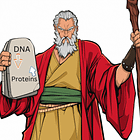
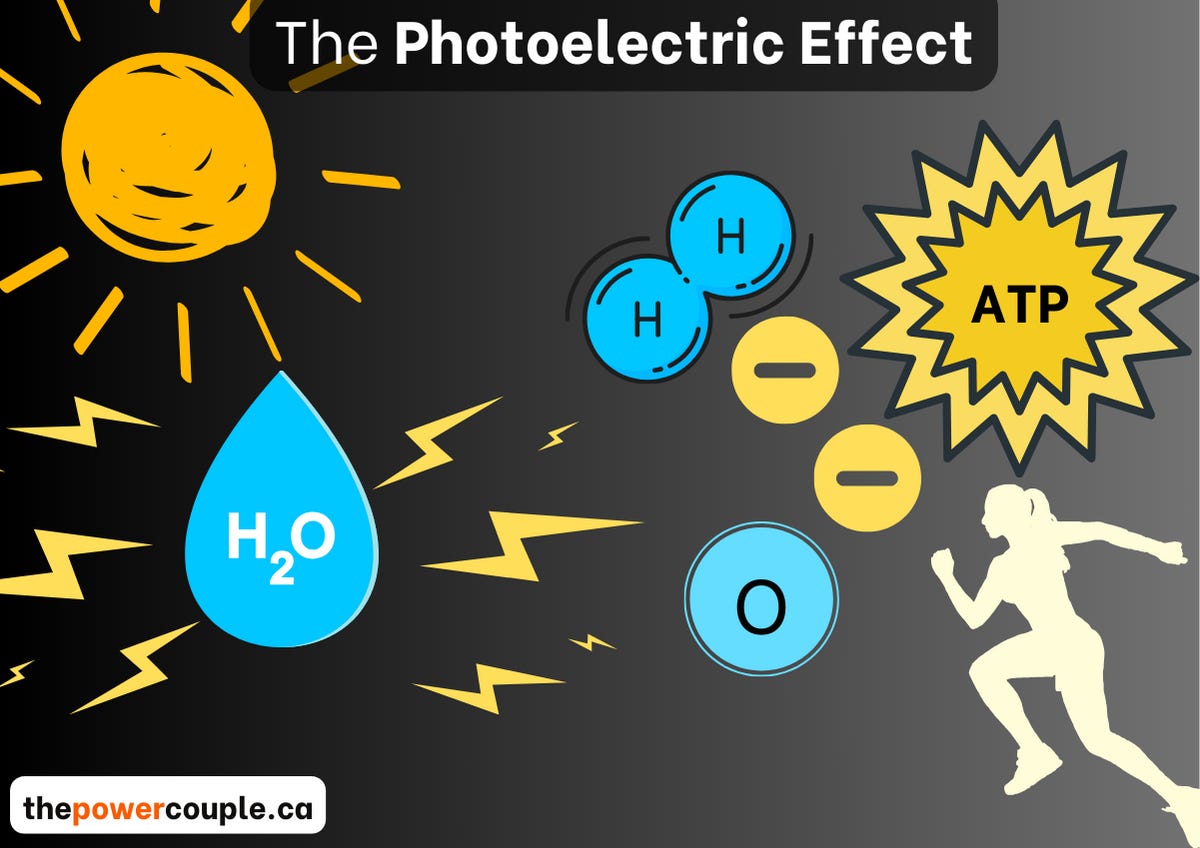

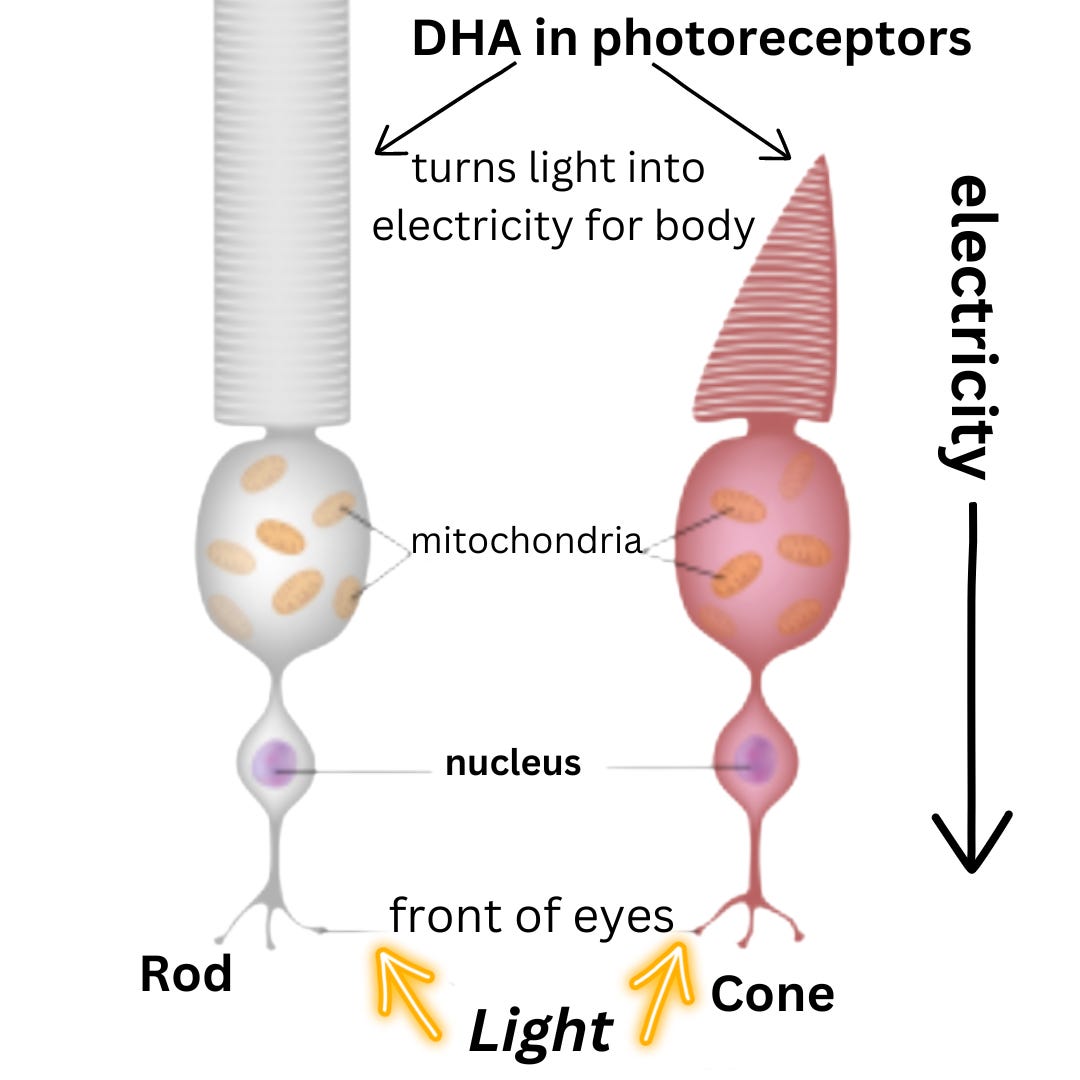
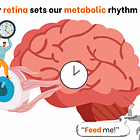


All Omega-3s are not created equal?
This helped me to understand the source for omega 3 and why one needs to be distinct in DHA being plant of sea life. Omega-3 fatty acids are a type of fatty acid found in various foods. Unlike saturated fats, omega-3 fatty acids are healthy fats that have been linked to a variety of health benefits. They're known to be found in marine animals, like salmon and shellfish, but several fruits and vegetables, including avocados and seaweed, also contain these healthy nutrients.
However, there are three main types: α-linolenic acid (ALA), docosahexaenoic acid (DHA) and eicosapentaenoic acid (EPA). Marine animals and plants have high levels of omega-3 fatty acids. Fatty fish, like salmon, are particularly rich in omega-3. Vegetables and fruits like avocado contain a fatty acid called ALA. According to the United States Department of Agriculture, avocados have no naturally occurring EPA or DHA, which is the preferred element in this case. Salmon is a much better source of omega-3 fatty acids than avocados. However, both are healthy foods that contain different nutrients.
DHA (Docosahexaenoic Acid)
https://www.livestrong.com/article/429215-avocado-vs-salmon-for-omega-3-levels/
Thanks for your informative article !
beautiful article Roman. love our crossovers.